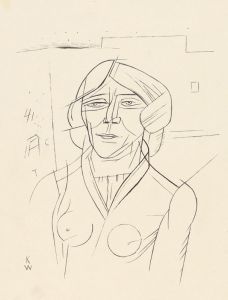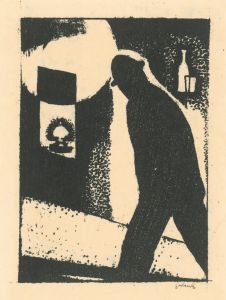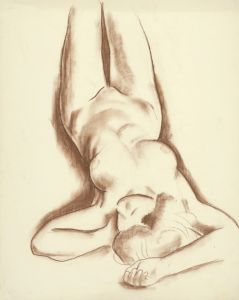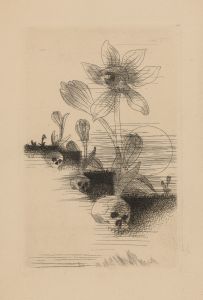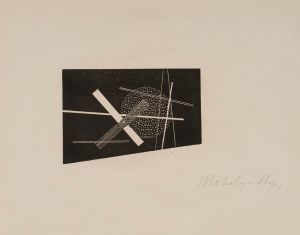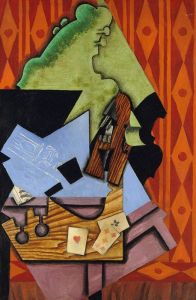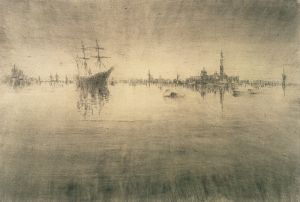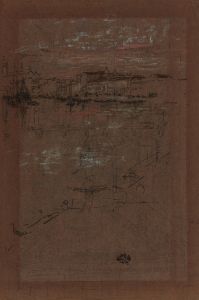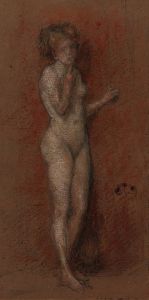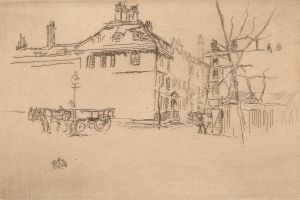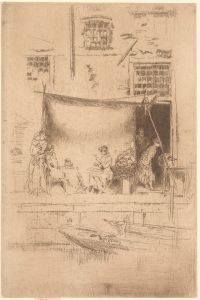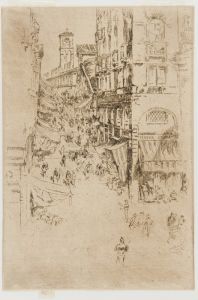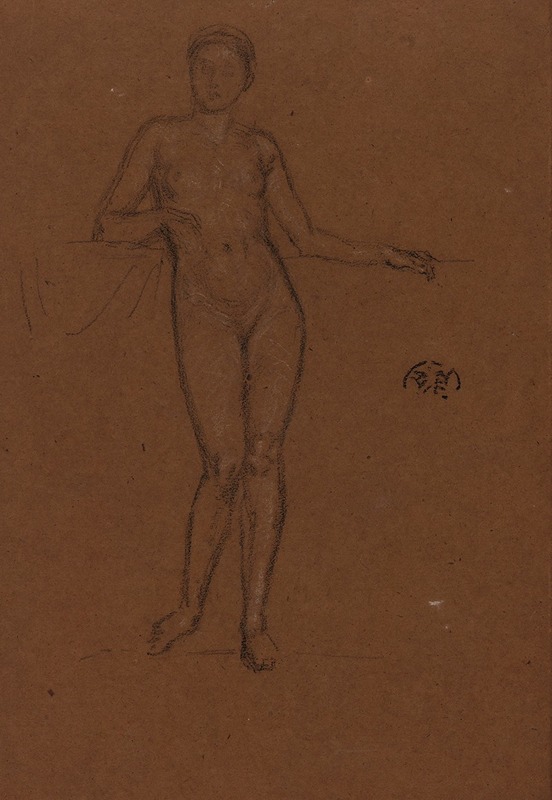
Standing Nude
A hand-painted replica of James Abbott McNeill Whistler’s masterpiece Standing Nude, meticulously crafted by professional artists to capture the true essence of the original. Each piece is created with museum-quality canvas and rare mineral pigments, carefully painted by experienced artists with delicate brushstrokes and rich, layered colors to perfectly recreate the texture of the original artwork. Unlike machine-printed reproductions, this hand-painted version brings the painting to life, infused with the artist’s emotions and skill in every stroke. Whether for personal collection or home decoration, it instantly elevates the artistic atmosphere of any space.
James Abbott McNeill Whistler, an influential American artist, is renowned for his contributions to the art world during the late 19th century. While Whistler is best known for his paintings such as "Whistler's Mother," his oeuvre also includes a variety of other works, including portraits, landscapes, and studies of the human form. One such work is "Standing Nude," which exemplifies his interest in exploring the human figure through a refined and subtle approach.
"Standing Nude" is a study that reflects Whistler's dedication to the aesthetic movement, which emphasized beauty and the harmonious arrangement of color and form over narrative content. This movement was a reaction against the more rigid and moralistic Victorian art standards of the time. Whistler's work often focused on the visual and sensual qualities of his subjects, and "Standing Nude" is no exception.
The painting showcases Whistler's skill in capturing the delicate interplay of light and shadow on the human body. His technique often involved a limited palette and a focus on tonal harmony, which can be seen in the soft transitions and muted colors of the piece. Whistler's approach to the nude was not to idealize the human form but to present it with a sense of realism and subtlety, emphasizing the natural beauty of the figure.
Whistler's interest in the nude form was influenced by his exposure to various artistic traditions, including the works of the Old Masters and the burgeoning Impressionist movement in France. His time in Paris and London exposed him to a wide range of artistic styles and philosophies, which he synthesized into his unique approach. "Standing Nude" reflects this synthesis, combining elements of realism with an impressionistic sensitivity to light and atmosphere.
The context in which Whistler created "Standing Nude" is also significant. During the late 19th century, the depiction of the nude was a subject of considerable debate and controversy. Whistler, however, approached the subject with a focus on aesthetic principles rather than moral or narrative concerns. This approach sometimes led to misunderstandings and criticism from the more conservative segments of society, but it also positioned Whistler as a leading figure in the avant-garde art scene.
While specific details about the creation and exhibition history of "Standing Nude" are limited, the work remains an important example of Whistler's exploration of form and his contribution to the development of modern art. His ability to convey the beauty of the human figure through a refined and minimalist approach continues to be appreciated by art historians and enthusiasts alike.
In summary, "Standing Nude" by James Abbott McNeill Whistler is a testament to the artist's commitment to the aesthetic movement and his skillful depiction of the human form. Through his nuanced use of color and light, Whistler was able to capture the essence of his subjects, contributing to the broader dialogue of art in his time.





